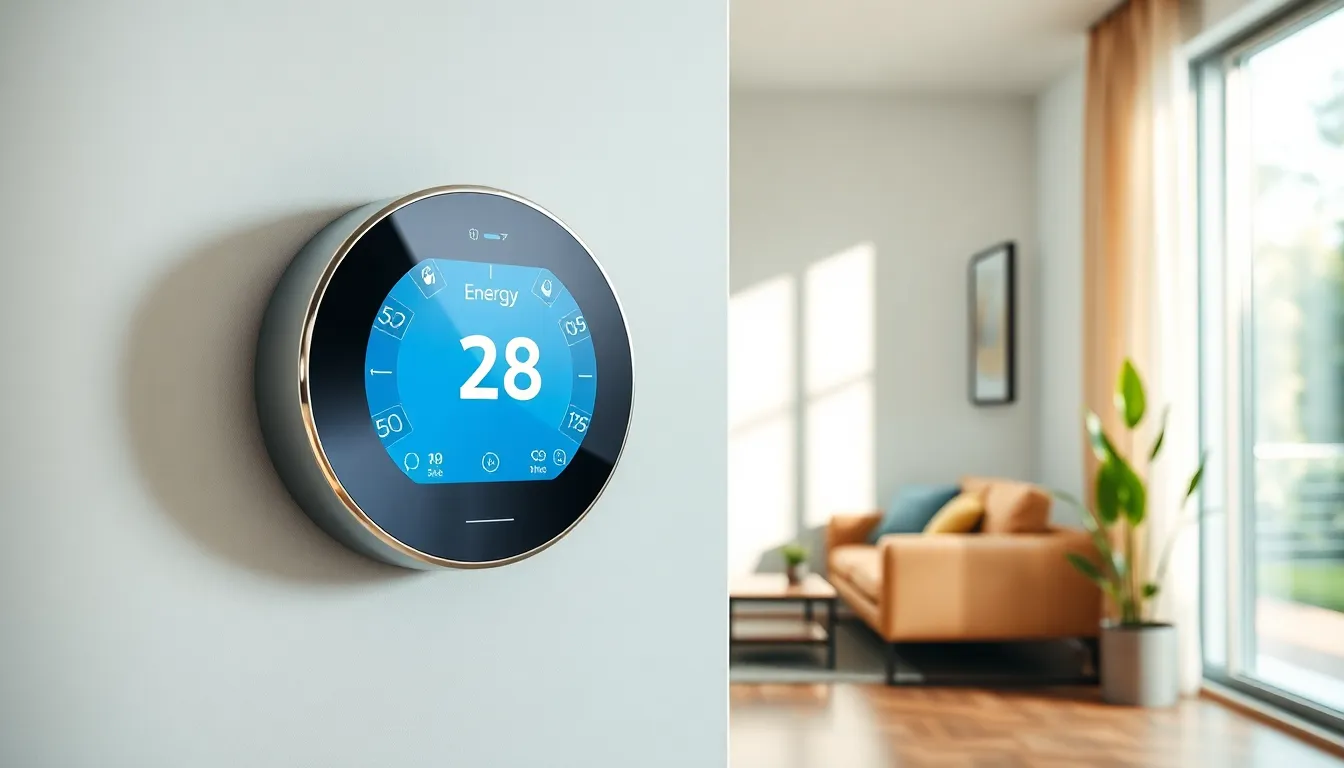In a world where everything from your toaster to your treadmill is connected, the Internet of Things (IoT) is revolutionizing how we live. But wait—while it’s great that your fridge can remind you to buy milk, have we stopped to think about the environmental impact? Enter IoT sustainability, the superhero we didn’t know we needed. It’s all about using smart tech to save the planet, one gadget at a time.
Imagine a future where your smart devices not only make life easier but also help reduce waste and conserve energy. Sounds dreamy, right? By embracing IoT sustainability, individuals and businesses alike can turn their tech-savvy habits into eco-friendly practices. So, buckle up as we explore how these connected devices can lead us toward a greener future—because who says saving the planet can’t be a little fun?
Table of Contents
ToggleUnderstanding IoT Sustainability
IoT sustainability focuses on integrating eco-friendly practices with smart technology. This approach aims to minimize environmental impact while enhancing the benefits of connected devices.
Definition of IoT Sustainability
IoT sustainability involves using internet-connected devices to promote ecological balance. Implementing energy-efficient solutions reduces waste, conserves resources, and lowers carbon footprints. Examples include smart energy meters that monitor and optimize electricity usage and sensors that track air quality in urban areas. These technologies facilitate real-time adjustments that support sustainable practices.
Importance of Sustainability in IoT
Sustainability in IoT matters for several reasons. It enables the reduction of energy consumption through intelligent resource management. Smart devices, such as thermostats, optimize heating and cooling, leading to energy savings. Also, sustainable IoT solutions can enhance operational efficiency for businesses by minimizing waste and costs. Furthermore, embracing sustainability helps companies meet regulatory requirements and align with consumer preferences for eco-friendly products.
Key Components of IoT Sustainability
Key components emphasize how IoT can drive environmental responsibility. They include energy efficiency and sustainable materials, essential for reducing the ecological footprint.
Energy Efficiency
Energy efficiency becomes a cornerstone of IoT sustainability. Connected devices, like smart thermostats, optimize energy consumption by adapting to real-time usage patterns. By reducing unnecessary energy waste, these devices help cut utility costs for consumers. Monitoring tools track energy usage, enabling businesses to identify areas for improvement. Specific energy-saving practices include scheduling appliances to run during off-peak hours or automating lighting systems based on occupancy. Companies leveraging energy-efficient IoT solutions enhance their sustainability profiles while satisfying environmentally conscious consumers.
Sustainable Materials
Sustainable materials play a significant role in fostering IoT sustainability. Manufacturers increasingly adopt recyclable or biodegradable components in device production. Such materials mitigate electronic waste, an urgent environmental concern. Using durable and energy-efficient materials not only extends product lifespans but also reduces the need for frequent replacements. Furthermore, ensuring responsible sourcing of raw materials reduces the carbon footprint linked to transportation. Focusing on sustainable manufacturing practices helps companies align with the growing demand for eco-friendly devices while promoting greater responsibility within the supply chain.
Challenges in IoT Sustainability
IoT sustainability faces significant challenges that affect its widespread implementation. Data privacy concerns and resource management issues emerge as primary hurdles.
Data Privacy Concerns
IoT devices collect vast amounts of data, raising privacy issues for users. Individuals worry about how their personal information is collected and used by companies. Data breaches can expose sensitive user information, leading to financial and reputational damage. Organizations must prioritize transparent data practices to earn consumer trust. Compliance with regulations, such as GDPR, influences how businesses approach data management. Encryption and secure data storage strategies play crucial roles in safeguarding user information while fostering sustainable IoT practices.
Resource Management
Effective resource management poses challenges in IoT sustainability. Smart devices require energy to function, which could strain existing resources if not properly managed. Optimization of resource usage remains vital for minimizing overall environmental impact. Companies that utilize IoT solutions for monitoring resource consumption can uncover inefficiencies. Utilizing real-time data analytics enables businesses to adjust operations for more efficient resource allocation. Emphasizing renewable energy sources contributes to a sustainable IoT ecosystem, reducing dependence on non-renewable resources.
Case Studies of IoT Sustainability
Numerous examples illustrate the effectiveness of IoT in driving sustainability. These case studies highlight successful implementations and valuable lessons learned in the field.
Successful Implementations
Several organizations have successfully integrated IoT solutions to promote sustainability. A leading agricultural company deployed smart sensors in fields, enhancing water usage efficiency while maximizing crop yield. In urban environments, smart waste management systems utilize sensors to optimize collection routes, significantly reducing fuel consumption. Renewable energy firms often use IoT to monitor solar panel performance and adjust operations in real time, increasing energy efficiency. Each of these implementations demonstrates the potential of IoT devices to deliver tangible environmental benefits while lowering operational costs.
Lessons Learned
Valuable insights emerged from these implementations. Data privacy concerns must be addressed to foster trust among consumers. Companies discovered the importance of transparent communication about how data is collected and utilized. Resource management remains a challenge; having efficient power sources is crucial for the sustainability of IoT devices. Organizations should continuously refine their strategies for monitoring and optimizing energy usage, ensuring minimal waste. By embracing these lessons, industries can enhance their sustainability efforts while meeting consumer expectations for eco-friendly practices.
Future Trends in IoT Sustainability
Emerging trends in IoT sustainability reveal significant advancements. Innovations play a crucial role in shaping the future landscape.
Innovations on the Horizon
New technologies continue to enhance IoT sustainability efforts. Artificial intelligence algorithms improve energy efficiency in smart grids. Quantum computing holds the potential to optimize large-scale data processing, making systems more sustainable. Edge computing reduces latency and bandwidth use by processing data closer to the source, which conserves energy. Additionally, advancements in battery technology, including solar power integration, extend the life of IoT devices, minimizing waste. Innovations like these not only improve efficiency but create opportunities for businesses focused on sustainability.
Policy and Regulation Impacts
Policies and regulations significantly influence IoT sustainability initiatives. Governments worldwide are adopting stricter environmental guidelines, compelling organizations to comply while pursuing eco-friendly solutions. The European Union’s GDPR underscores the importance of data privacy, prompting companies to follow strict data management practices. Compliance not only enhances trust but aligns with consumer preferences for responsible practices. Moreover, incentives for renewable energy adoption encourage businesses to invest in sustainable technologies. Regulatory frameworks create a roadmap for organizations, guiding them toward sustainable practices while fostering innovation in the IoT sector.
Conclusion
Embracing IoT sustainability is crucial for a greener future. By integrating eco-friendly practices with smart technology, organizations can significantly reduce their environmental impact while enhancing efficiency. The focus on energy efficiency and sustainable materials not only benefits the planet but also aligns with consumer demand for responsible products.
As innovations continue to emerge, the potential for IoT to drive sustainability will only grow. Companies must navigate challenges like data privacy and resource management to fully realize these benefits. By prioritizing transparency and effective resource strategies, they can foster consumer trust and contribute to a more sustainable ecosystem. The journey toward IoT sustainability is not just a trend; it’s an essential step toward a more responsible and eco-conscious world.




